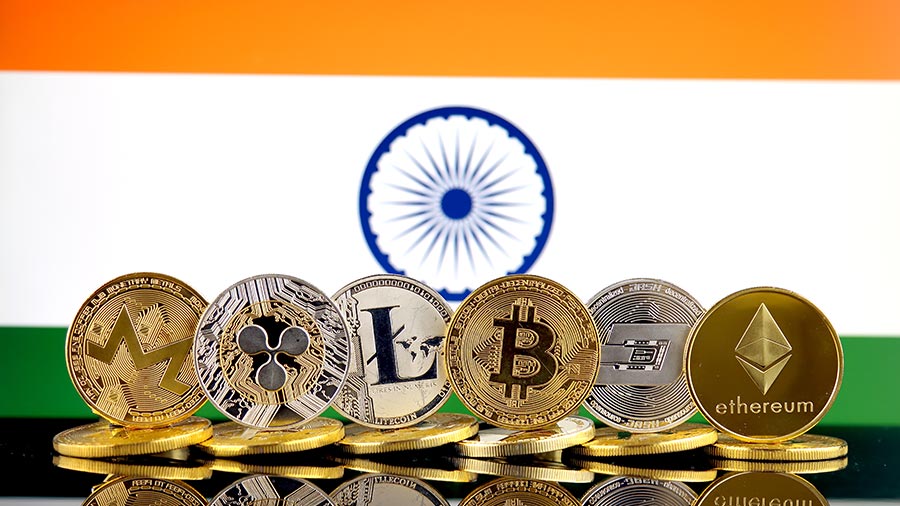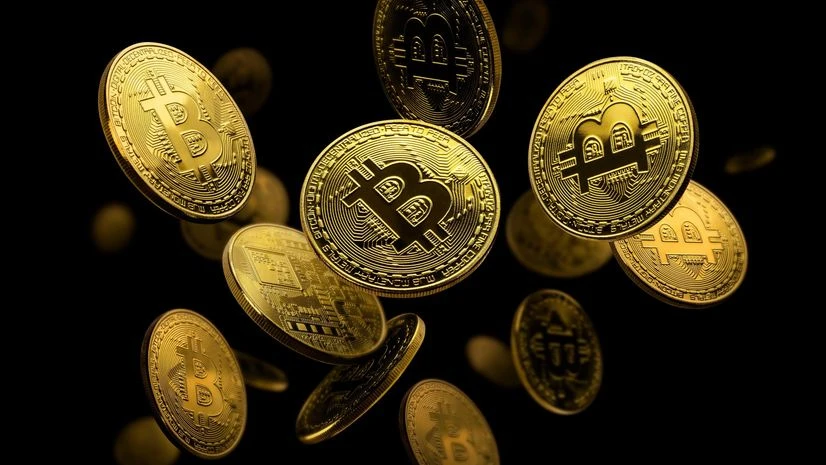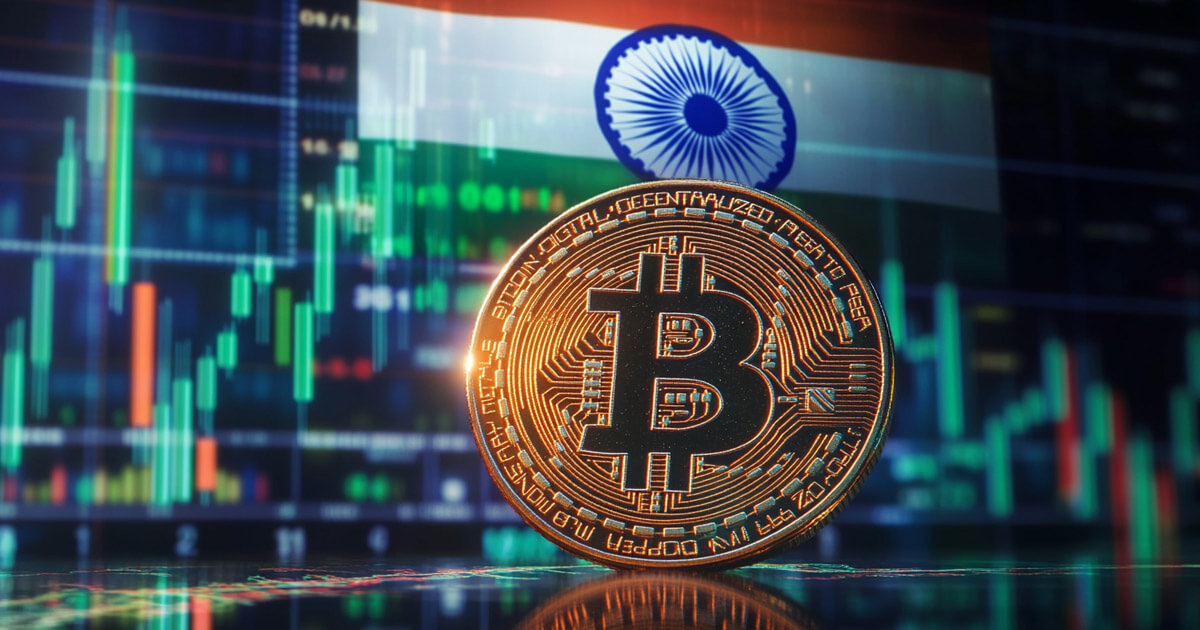Now Reading: Regulatory Clarity in India: Why It Matters for the Future of Crypto
-
01
Regulatory Clarity in India: Why It Matters for the Future of Crypto
Regulatory Clarity in India: Why It Matters for the Future of Crypto

The growth of cryptocurrency in India has always been tied to one question—what will the government decide? Investors, exchanges, and ordinary traders are waiting for clear rules that could either strengthen the sector or push it further into uncertainty. For people in Tier-2 cities, where awareness is rising but confusion remains, regulatory clarity could make the difference between mainstream adoption and cautious hesitation.
At present, India’s crypto environment is shaped more by uncertainty than by opportunity. The 30 percent tax on gains and the one percent TDS on transactions have discouraged many small traders. Yet, despite these hurdles, crypto interest has not disappeared. Young investors in cities like Nagpur, Indore, and Jaipur continue to explore digital assets, but they often do so with hesitation because no one is sure about the long-term legal status.
Clear regulations would help in multiple ways. They would provide legitimacy to exchanges operating in India, reduce the fear of sudden crackdowns, and encourage safer practices for retail investors. For banks and financial institutions, clarity would open doors to partnerships and investment opportunities that are currently restricted due to compliance concerns. This could eventually expand crypto access beyond metros and into smaller towns where financial literacy is steadily improving.
On the other hand, regulation also brings restrictions. Strong rules may limit certain tokens, impose strict KYC norms, or demand higher reporting from investors. While this could protect users from frauds and scams, it may also discourage those who see crypto as a fast, easy way to invest. For Tier-2 traders, who often rely on smaller investments, strict rules might feel like additional hurdles.
The real challenge for policymakers is balance. Too much control could push crypto activity underground, while too little oversight might expose ordinary users to scams and risky platforms. A middle path—where innovation is encouraged but risks are managed—seems the most practical outcome for India.
For now, Indian investors can only watch how global trends and domestic discussions shape the future. Regulatory clarity is not just about legal safety—it is about trust. For traders in Tier-2 cities, it could mean the confidence to invest openly, learn responsibly, and participate in a global financial shift without fear of sudden policy shocks.
In the end, the fate of crypto in India depends less on market trends and more on government decisions. The sooner clarity arrives, the stronger the foundation will be for a transparent and sustainable ecosystem that works for both large investors and everyday traders.

























